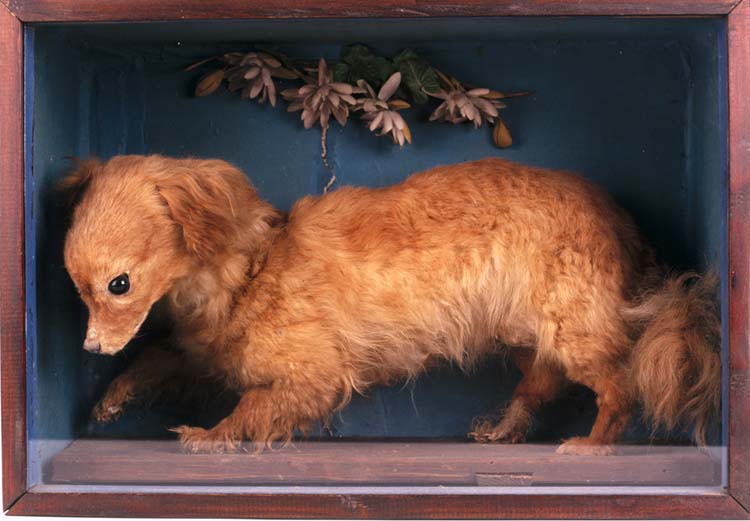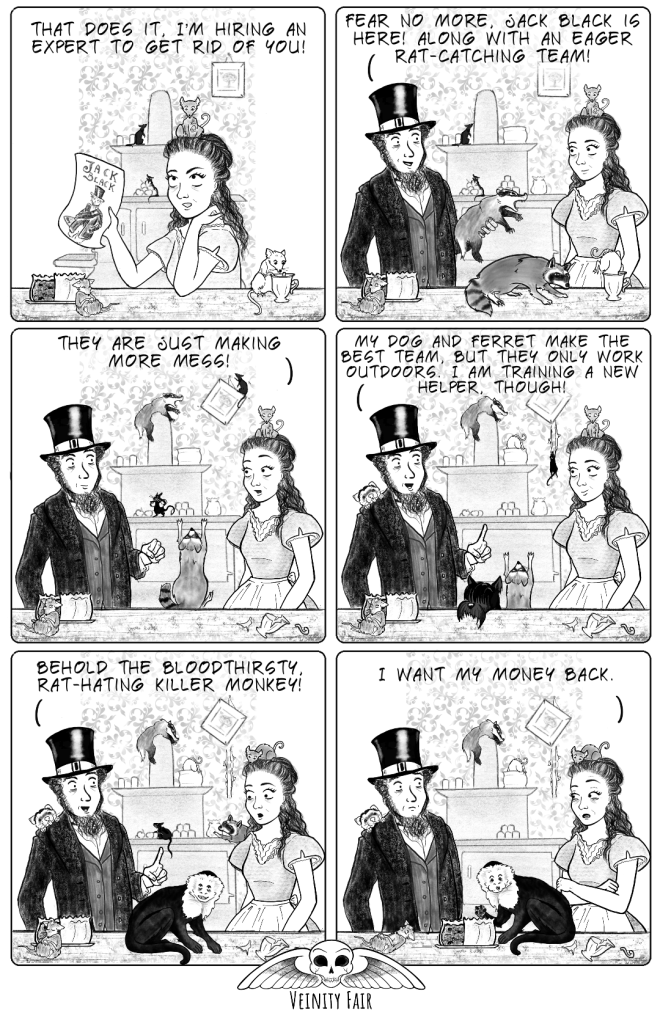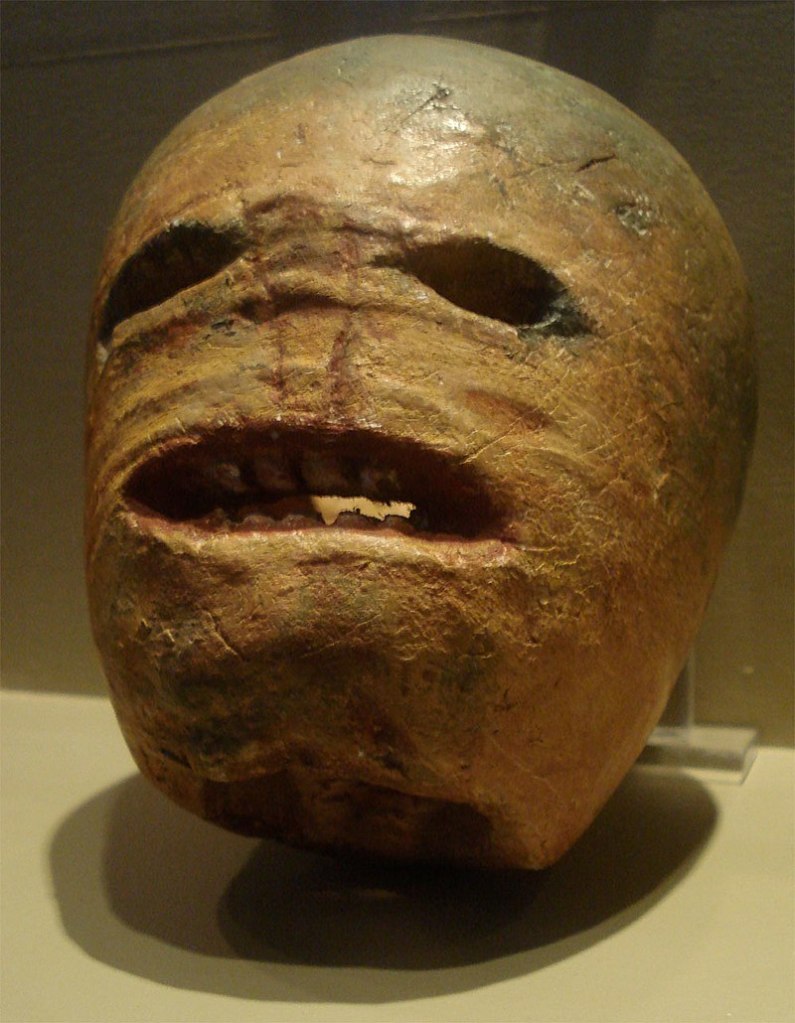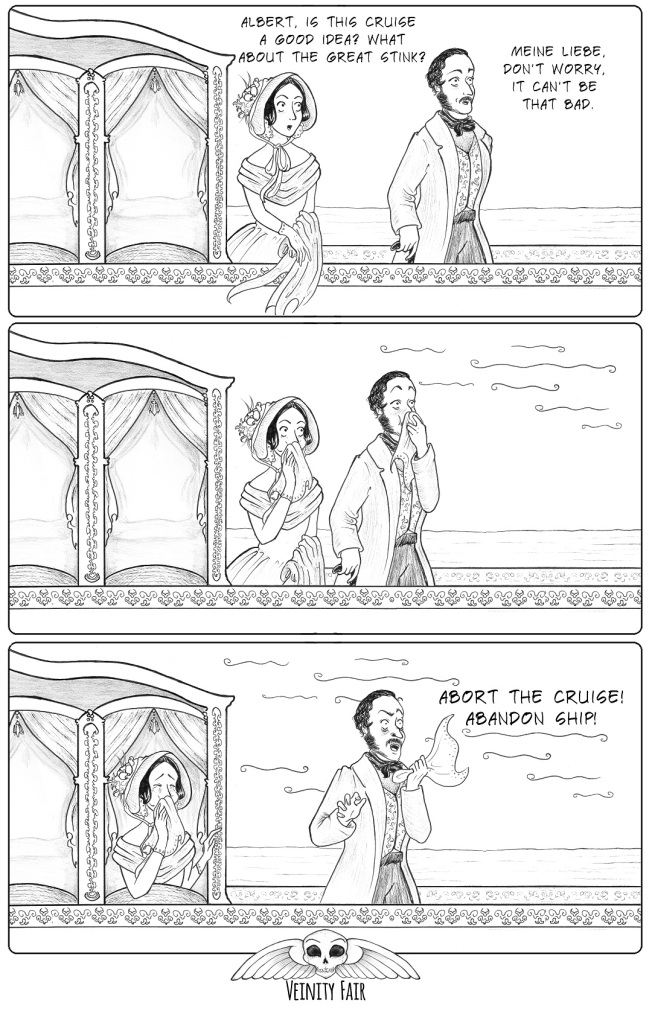
On December 26, 1882, certain James A. Williams was granted a patent for a rather peculiar invention: an animal trap with a spring-loaded firearm. In his patent application, Williams described how the contraption worked:
“[I]t consists in the combination of a suitable frame upon which a revolver or pistol is secured, a treadle which is secured to the front end of this frame, and a suitable spring and levers, by which the firearm is discharged when the animal steps upon the treadle (…) The object of my invention is to provide a means by which animals which burrow in the ground can be destroyed, and which trap will give an alarm each time that it goes off, so that it can be reset.”
Of all the 19th-century ideas on how to deal with pests, this must be one of the most dramatic and over-the-top! The Texan inventor went even further and noted that “[t]his invention may also be used in connection with a door or window, so as to kill any person or thing opening the door or window to which it is attached.”











